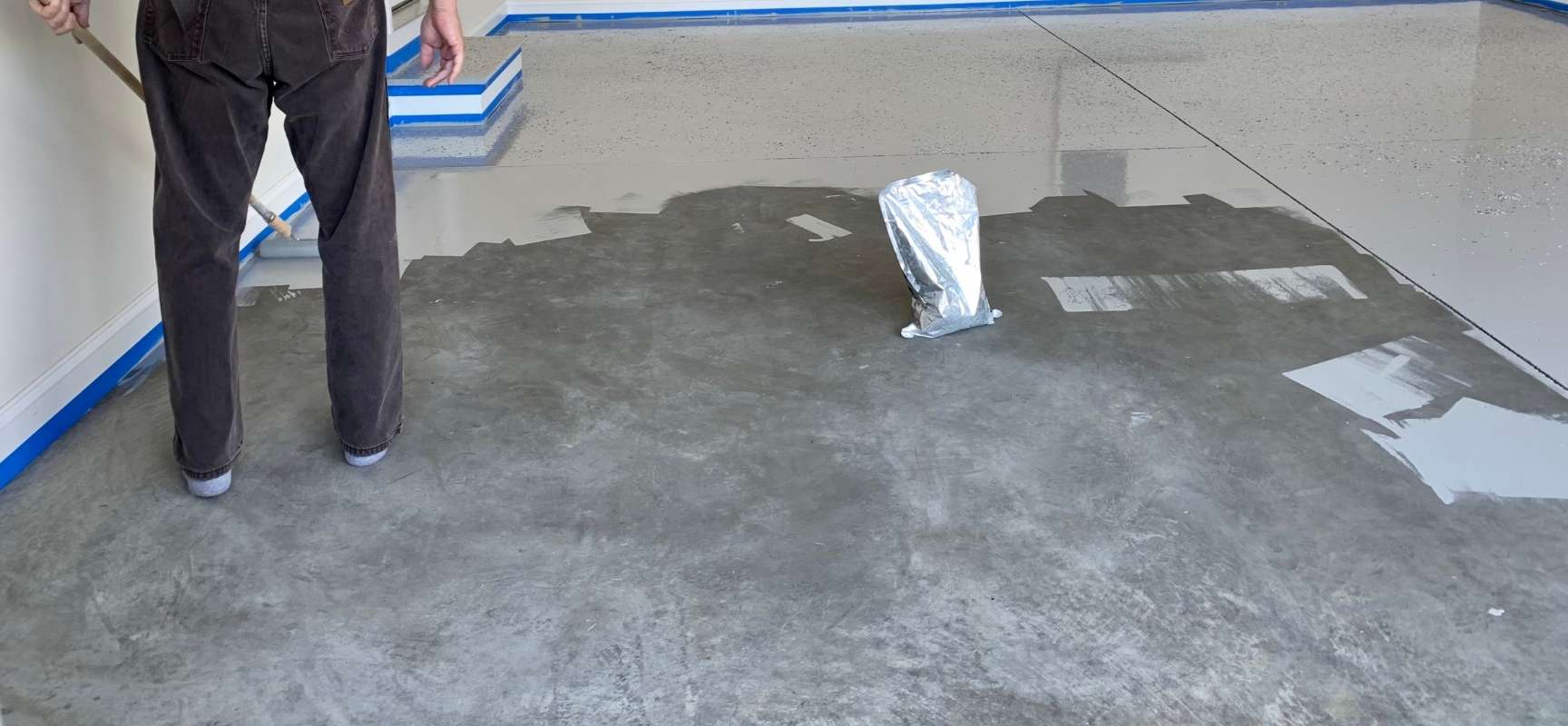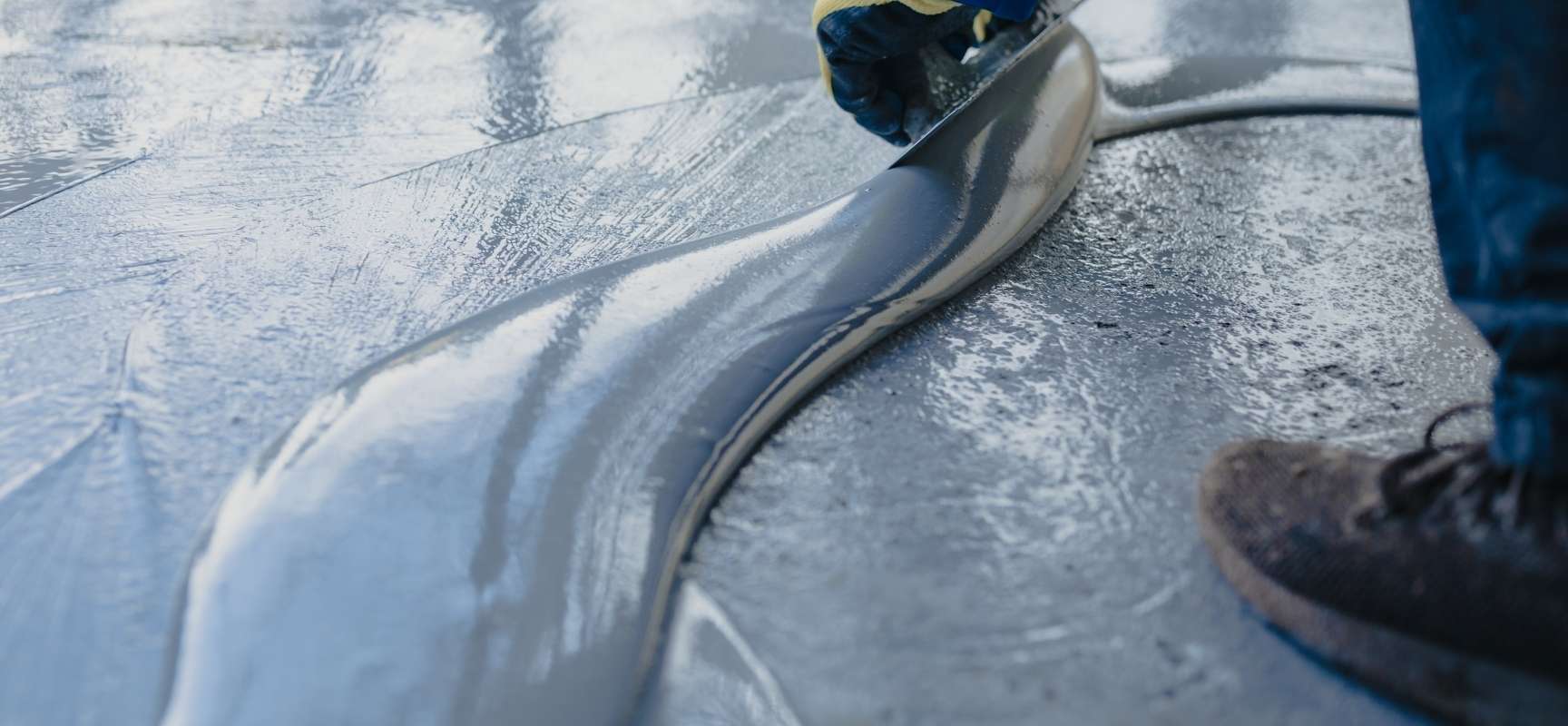Developing a Floor Cleaning Program for your Manufacturing Facility
Floor Cleaning Best Practices for Manufacturing Facilities
A well-maintained floor is much more than just aesthetics. It sends the message to employees, vendors, and customers that your facility is clean and sanitized. It says that you not only care about your company’s appearance but also about the health and well-being of everyone who walks through the door.
While great care is given to high-touch surfaces, the floor is often an afterthought. However, in a manufacturing facility, maintaining a hygienic space is integral to your employees’ health. Areas with heavy foot traffic will quickly look worn, but the dirt and germs that are carried impose a much greater risk. Spilled or dropped food on breakroom floors attracts pests like rats and roaches, which can also present a health threat.
Keeping your facility clean is a must, and it starts with the floors. Developing a good floor cleaning program ensures that your floors look their best and that your facility is clean and healthy.
Establish a budget.
A floor cleaning, sanitizing, and maintenance program can be costly. Establishing a cleaning budget is crucial, begin by assessing your costs. This is broken down into several areas:
• Total square footage of the floor to be cleaned
• How often the floor will be cleaned
• How often the floor will be sanitized
• Type of flooring
• Equipment used
• Product used
• Manpower/Size of cleaning staff
Assess the floor’s current condition.
Identify areas of the floor that are high-traffic or are more prone to spills or messes (such as a break room or assembly of certain products). Are there any worn areas that will require special care? What is the type of flooring used?
The entire area should be audited, documenting any heavily soiled areas or yellowing/discolored spots. If any of the flooring is damaged, that needs to be noted and addressed right away, especially if it is a safety concern. In some cases, flooring can be repaired but sometimes it must be replaced and these types of expenses should also be factored into your budget. Cleaning the floor means maintaining it and ensuring that it is safe.
According to the Centers for Disease Control (CDC), work-related injuries are most often caused by falls, slips, and trips without a fall, overexertion, and bodily reaction, and contact with objects and equipment. A well-maintained floor is a must for a safe workplace.
Create a cleaning schedule.
A cleaning schedule will help ensure that the floor is regularly inspected, maintained, cleaned, and sanitized. Depending on the facility, employees' work schedules, and foot traffic, it may be necessary to schedule different areas at different times to get optimal coverage.
If the facility is run around the clock, cleaning some areas may be challenging. In those cases, you may need to detour traffic or clean smaller spaces at a time to avoid disruption. The manufacturing floor, where products are assembled and quality control is checked, will likely be your biggest challenge.
Work with the facilities manager and shift supervisors to find viable, safe ways to clean while employees are present.
Establishing the cleaning program.
The floor should first be swept thoroughly to remove any loose dirt before it can be cleaned. The CDC recommends using a two-step cleaning and sanitizing process. The first step, cleaning, should be performed using a detergent or product appropriate for the type of flooring.
If the area being cleaned is small, a microfiber mop and deck brush may work fine. However, if it is large, it may be more efficient and cost-effective to purchase or rent an industrial scrubber.
• Epoxy and Novolac—Use a solution of diluted ammonia: ½ cup ammonia to 1 gallon of hot water. A microfiber mop works very well on this type of flooring. Avoid using cleaners with vinegar or citrus. They can strip the finish, making it dull. Cleaners containing soap should also be avoided. They increase slipperiness and leave a dull film or streaks.
• Polyurethane – Cleaners like Spic and Span or Simple Green are very good for cleaning this type of flooring. Avoid citrus or vinegar-based cleaners because they can dull the finish.
• Urethane Mortar – Dilute an alkaline, non-residue cleaner flooring or a mild, non-residue detergent to clean the surface. Using a non-residue cleaner is vital. Cleaners that leave a residue may damage the floor’s surface and cause it to dull. Vinegar and citrus-based products contain acids that will remove the gloss.
Once the surface is clean, the next step is to sanitize. There are several non-acid sanitizers on the market, including several green ones. Look for sanitizers that do not contain acid and do not leave a residue.
Each step of your floor cleaning and maintenance program should include the key steps that increase efficiency while reducing abrasion and wear, thus extending the life of the flooring. Matting inside the doors can cut down on foot traffic carrying in soil and dirt. This will cut down on the cleaning time, but the matting will have to be changed whenever it becomes soiled. Depending on the amount of traffic, that could be several days, or it could be every day.
Safety is also important. Signage such as “Caution” and “Wet Floors” should be used every time wet cleaning or sanitizing is done. Ropes, tape, or other barriers may also be used to alert workers or prevent them from entering that area.
You want your floors to last and maintain maximum health and safety standards. Fill out the form below to keep your floors looking like new.


